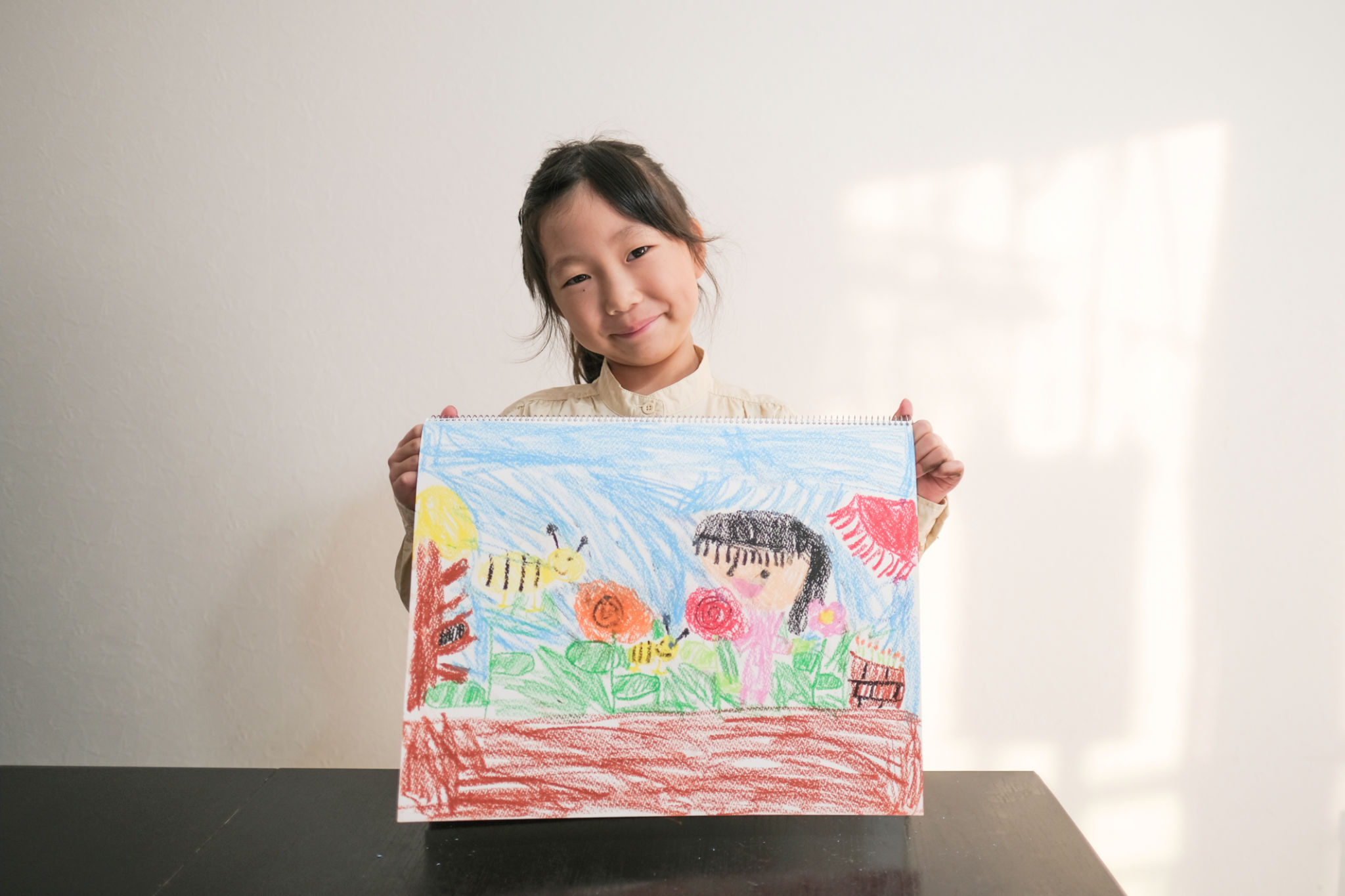Top 5 Misconceptions About Nudity in Educational Settings
Understanding the Role of Nudity in Education
When discussing the topic of nudity in educational settings, several misconceptions often arise. These misunderstandings can lead to confusion and resistance towards educational programs that incorporate nudity for academic purposes. It is essential to differentiate between the inappropriate use of nudity and its legitimate educational applications.

Misconception 1: Nudity Equals Sexual Content
One of the most common misconceptions is that nudity inherently involves sexual content. In educational contexts, nudity is often used to teach anatomical accuracy, art appreciation, or historical context. Such uses aim to provide students with a deeper understanding of the human form as it relates to various disciplines, rather than promoting a sexual narrative.
This misconception can overshadow the educational value and lead to unnecessary censorship, which may hinder learning opportunities in fields like biology, fine arts, and history.
Misconception 2: Nudity Is Unnecessary for Learning
Another prevalent belief is that nudity is not necessary for learning and that alternatives such as textbooks or digital simulations suffice. While these resources are valuable, they cannot always replace the tangible understanding gained through direct observation. For instance, in life drawing classes, observing the nuances of the human body can help students develop their skills more effectively.

In subjects like anthropology or medicine, the study of real human forms can provide insights that are difficult to achieve through secondary resources alone.
Misconception 3: Nudity Promotes Immorality
Some people fear that exposure to nudity in educational settings may corrupt young minds or promote immoral behavior. However, when approached professionally and respectfully, such exposure fosters maturity and critical thinking. It encourages students to view the human body from a non-judgmental perspective, fostering a healthier understanding of human diversity.
Misconception 4: All Cultures View Nudity Equally
The assumption that all cultures perceive nudity in the same way can lead to misunderstandings. Cultural differences shape attitudes towards nudity significantly. Educational programs need to be sensitive to these differences, ensuring that content is appropriate for diverse audiences while maintaining educational integrity.

This sensitivity helps create an inclusive learning environment where students from various backgrounds feel respected and included.
Misconception 5: Nudity in Education Is a Modern Trend
Some argue that incorporating nudity into education is a modern phenomenon driven by contemporary liberalism. However, the use of nudity for educational purposes dates back centuries. Ancient Greek and Renaissance artists used nude figures to study human anatomy, while early scientists relied on anatomical drawings for medical research.
This historical perspective underscores the long-standing tradition of using nudity as a tool for learning, rather than a recent innovation.
Conclusion: Reassessing Educational Norms
Addressing these misconceptions is vital for re-evaluating how nudity is perceived within educational settings. By understanding its role and purpose, educators and students alike can approach this topic with openness and respect. This reassessment not only enriches the learning experience but also nurtures a more informed and tolerant society.